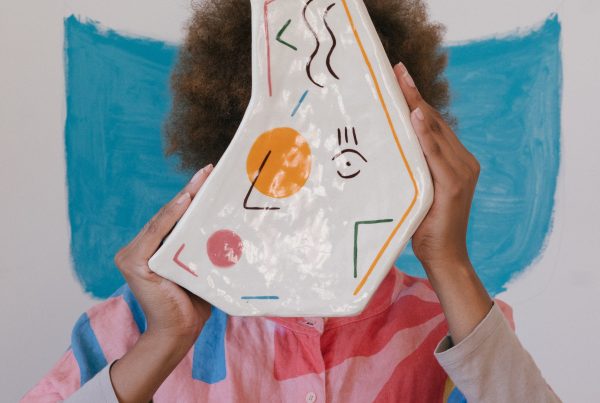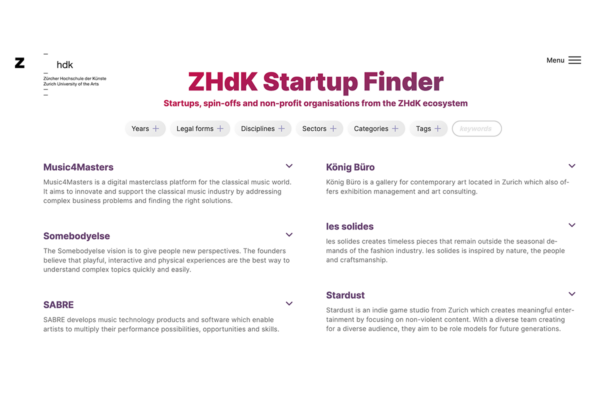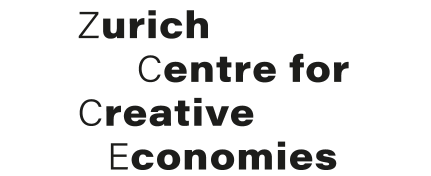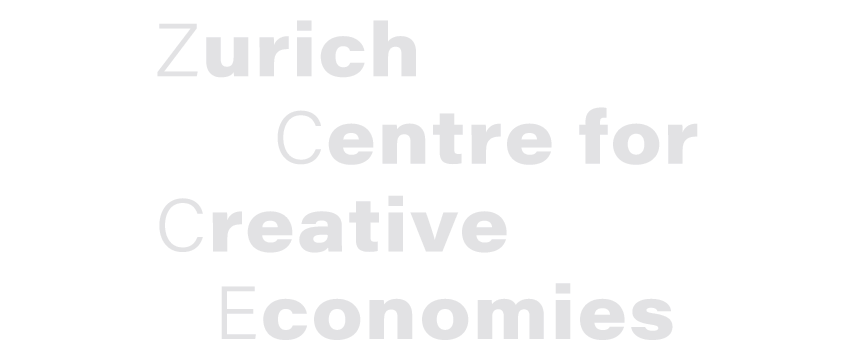Artistic works, processes and methods often do not take place in contexts that are classical artistic terrain. What are the consequences — not only for artists but also for their environment? What does “management through art” or “artistic management” mean? Which “artistic” competences and skills are used and needed in the “non-artistic” world? And what does this mean for understanding the role of artists? This documentation emerged from the “Embedded Artist Conference”, which took place in November 2018 at Zurich University of the Arts and explored these questions.
Related Posts
 Criticism & TheoryCultural PoliciesInsight Main ArticleInsightsMain Home PageMain Homepage Article
Criticism & TheoryCultural PoliciesInsight Main ArticleInsightsMain Home PageMain Homepage Article
Safeguarding Artistic Freedom
Is freedom of artistic expression on the rise or at risk? The answer is simple: There is more to do to oppose the alarming number of threats, oppression, social and economic challenges, or political exclusion of people working in the cultural and creative sector. We look at two reports addressing the topic. We are aware of artists in emergency situations…
Carole Guertler, lic. phil. I / MASOctober 8, 2023
 Art & Design Careers
Art & Design Careers
A study on the future of work in the arts and entertainment sector
The International Labour Organization (ILO, or OIT in french), the UN labour agency, has just published a long study on "the future of of work in the arts and entertainment sector". The Zurich Centre For Creatives Economies at ZHdK University had prepared a "working paper" in 2022, part statistics, part policy, which was used for this research. A technical meeting,…
Frédéric MartelMarch 8, 2023
 Art & Design CareersEntrepreneurial StrategiesInsight Main ArticleInsights
Art & Design CareersEntrepreneurial StrategiesInsight Main ArticleInsights
Introducing the ZHdK Startup Finder
Discover startups, spin-offs, and non-profit organisations from the ZHdK ecosystem The ZHdK Startup Finder is a new online database launched under the label of the Zurich Centre for Creative Economies (ZCCE). It offers an overview of the various startups, spin-offs and non-profit organisations that have emerged in the ZHdK ecosystem in recent years. The Startup Finder also showcases the innovative potential and diversity…



